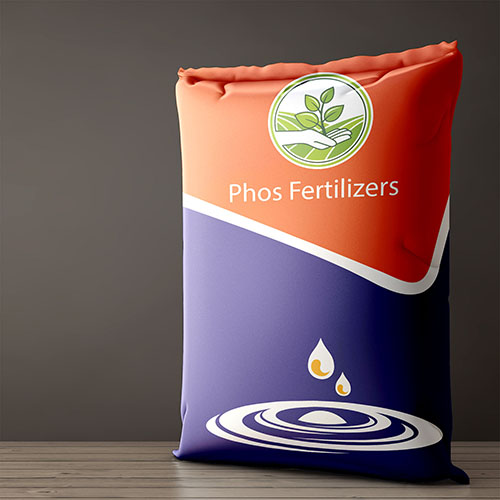Welcome to PhosFertilizers, we hope you will enjoy our products and have good experience
High Phosphorus Fertilizer
High Phosphorus Fertilizer

Generally, people differentiate High Phosphorus Fertilizer by their NPK (nitrogen, phosphorus, potassium) ratios. Known as the “big 3,” nitrogen, phosphorus, and potassium provide vital nutrients for healthy crops and fertile soil.Sulfur is the renaissance man of nutritional elements. It’s vital in the formation of amino acids and oils. Agronomists recommend using sulfur-rich High Phosphorus Fertilizer for oilseed crops like soy, cottonseed, and sunflowers. Sulfur also aids in creating chlorophyll, which is responsible for green foliage and photosynthesis. Sulfate of potash is otherwise known as potassium sulfate (K2SO4 ). While it does provide sulfur, growers commonly use sulfate of potash as a source of potassium for their crops. Potash used to be created by percolating wood ashes through water. Now, it’s sourced naturally from concentrations of salts and minerals in ancient seabeds. Some of these salts also contain sulfur, which combines with the potash to create potassium sulfate. To this day, the Great Salt Lake in Utah is mined for potassium sulfate. What sets organic High Phosphorus Fertilizer apart is that their ingredients come from natural materials that contain other nutrients needed for growth (though in much smaller quantities). One such nutrient is sulfur. Growers use ammonium in High Phosphorus Fertilizer as a source of nitrogen. Ammonium is a natural waste product of many soil organisms. You get ammonium sulfate when combining ammonium with sulfuric acid, usually from by-products of other manufacturing processes. However, due to its manufactured nature, it’s primarily found in synthetic High Phosphorus Fertilizer .Growers can add sulfur to crops later in the year. However, sulfur provides many of the same benefits as nitrogen, and you can apply both minerals simultaneously. The production of amino acids and chlorophyll needs to happen quickly and efficiently in the early growth stages. If you choose to use elemental sulfur, supplement it before your crops need it. Because microorganisms need time to oxidize the sulfur, apply the sulfur in the fall after planting for summer harvests.
